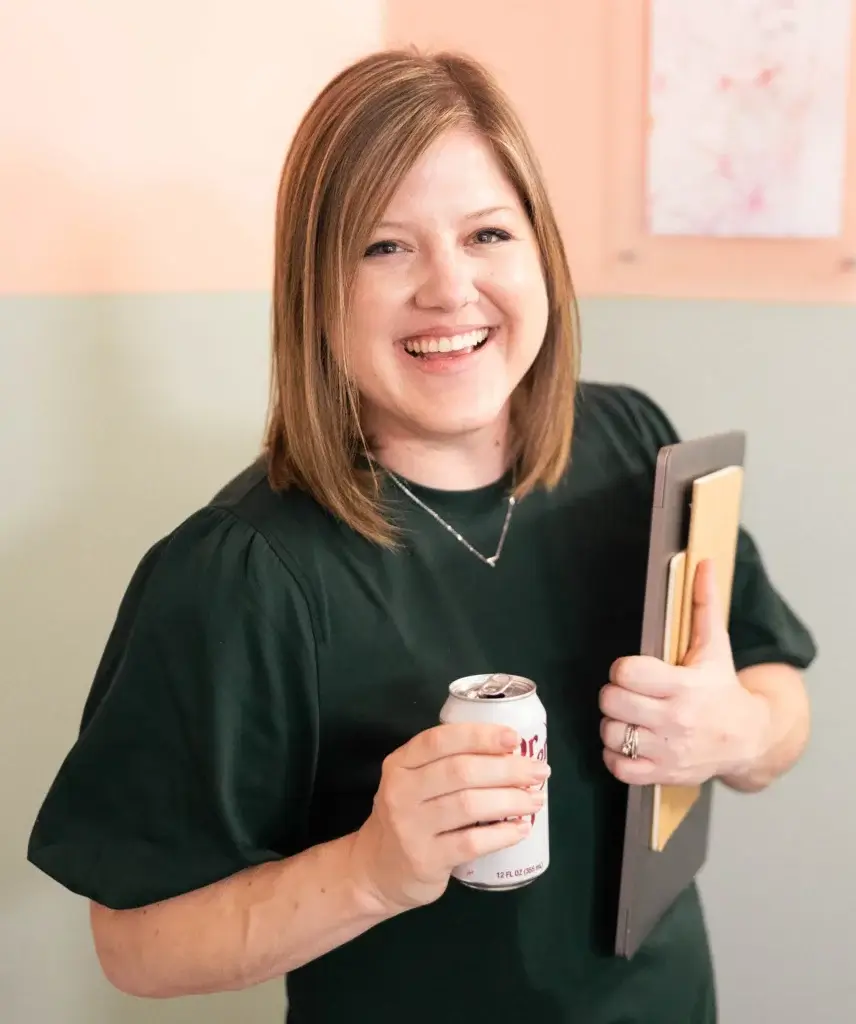Pinterest, Pinterest, Pinterest. It’s all the rage these days for getting more exposure — and with good reason, too! Sprout Social released a study earlier this year about some interesting Pinterest statistics to remind us why Pinterest is huge for businesses:
- Sprout Social pointed out Shopify’s study that showed that people referred by Pinterest are 10 percent more likely to make purchase on e-commerce sites than users of other social networks.
- Images with multiple dominant colors have 3.25 times more re-pins than single dominant color images.
- Vertical images with an aspect ratio between 2:3 and 4:5 get 60 percent more re-pins than very tall images.
The last stat in that list is why I’m writing this blog today.
1. Create your vertical image for Pinterest
If you’re like me, I write my blog post and then I make my images, because there have been times that I made my image first, and then decided to change my blog post title, or even took the blog post in a completely different direction that needed different graphics, images, etc.
This is the second time I’m going to be referencing Sprout Social in this post, even though I don’t use them. BUT, they have this really awesome Google doc that contains up-to-date sizes for various social media platforms. It’s too good not to share.
Related: 10 Squarespace Questions Answered
2. Go to the “Options” tab.
While you’re in editing mode of your blog post, go up to the Options tab in the top right. Here, you’ll see a place to upload a thumbnail to the blog post.
NOTE: Certain templates force thumbnails to be the banner image for that blog post. You may have to do a code tweaking.
3. Publishing to Pinterest
This is one thing that I love and not-so-love about this workaround.
Love: You can now enable your post to publish that pin FOR you. While still in editing mode, go to the Social tab at the top right. You’ll see buttons that will allow you to toggle on the option to auto-push your blog post to your connected social media networks when your post is published. You can also type in your own caption after the (Title) button!
Not-so-love: While this workaround is great for hiding vertical images from your post, in most templates, it also hides the image from being pinned, too. There are basically three ways that someone can pin your blog:
- Hover over the ‘Pin it’ button on the images they do see, and pin away. (Hidden image not visible.)
- Go to the bottom of the blog post, and click on the (small) Share button, click Pin it, and the hidden image will be the one that appears.
- Have the ‘Pin it’ button installed on their browser, which will pull up all the images on the page, including the hidden image.
So, if your readers follow options 2 or 3, your vertical, Pinterest-friendly image will be the one they post! If not, they may just pin a different image from your post. Hopefully, those that find your blog on Pinterest will just re-pin your pretty, vertical image and not try to pin a different image. It may not be a 100% perfect solution, but it works!
Want to take your blog posts even further?

